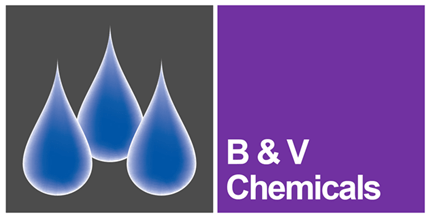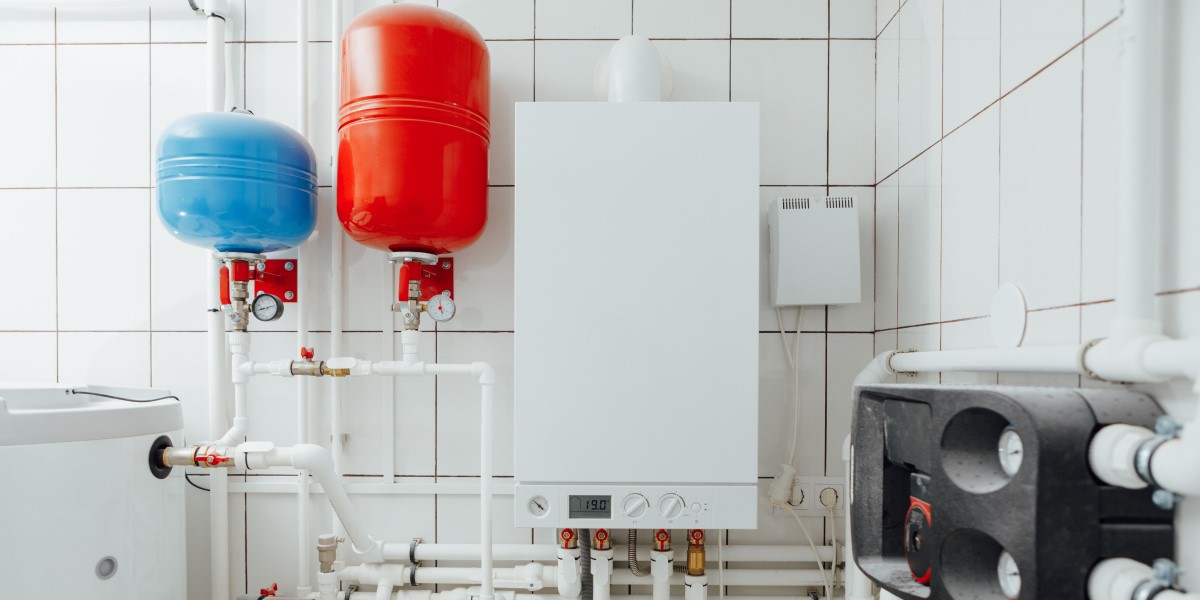The first blog in this series gave an overview of the main changes/additions in the new 2020 BG29 guide when compared with the 2012 edition. The second blog addressed some of the concerns regarding the use of thin walled carbon steel pipes and the additional sections in BSRIA BG29/2020 relevant to this.
This blog focuses on other European guidelines and standards which are relevant to closed circuit pipework systems, particularly the German Directive VDI 2035 and how it differs to BSRIA BG29.
German Directive VDI 2035
This directive was first published in 2009. It has been referenced in EN12828 Heating Design in Buildings – Design for water based heating systems, a standard applicable to the whole of Europe since 2012.
VDI 2035 outlines the means of avoiding scale and corrosion and describes how all water entering the closed system must be demineralised, deaerated and pH controlled. It is currently divided into three parts; further details are given below.
VDI 2035 Part 1
Avoidance of damage caused by scale formation in hot water heating and water heating systems:
A comprehensive demineralisation of the fill water for closed water heating systems is recommended.
Standard values for filling and make up water
|
Nominal heat output |
Total hardness °dH German degrees hardness |
ppm CaCO3 |
|
< 50 kW with specific water content of theheat generator* < 0.3 l/kW |
No requirements |
No requirements |
|
< 50 kW with specific water content of theHeat generator* < 0.3 l/kW (circulation water heater) |
< 16,8 °dH |
<300ppm |
|
> 50 kW ≤ 200 kW |
< 11,2 °dH |
<200ppm |
|
> 200 kW ≤ 600 kW |
< 8,4 °dH |
<150ppm |
|
> 600 kW |
< 0,11 °dH |
<2ppm |
*Water content of the heat generator per kW nominal heat output
The values in the table only apply to heating systems that have a system volume or filling water of no more than 20 l / kW nominal heat output and where the total filling and supplementary water quantity does not exceed three times the nominal volume of the heating system. Hardness stabilisers can be used but the preferred methods are softening and demineralisation.
VDI 2035 Part 2
Avoidance of damage in hot water heating systems - water-side corrosion:
This guide is designed for systems where flow temp is <100oC and where over the service life of the system volume of makeup water will not be more than 3 x the volume of the initial make up water.
The emphasis of this part of the guide is that in a professionally planned and constructed system, oxygen corrosion is prevented without the use of chemicals during proper operation. The oxygen content can be reduced and kept low by correct start-up of the plant, deaeration, correct pressure maintenance and the design of the system in preventing air (oxygen) ingress.
Standard values for the heating water
|
Parameter |
Low salt |
Saline |
|
Conductivity at 25o°C (uS/cm) |
<100 |
100 to 1,500 |
|
Aspect |
Free from sediment |
|
|
Oxygen (mg/l) |
<0.1 |
<0.02 |
|
pH value at 25o°C |
8.2 to 10 8.2 to 8.5 (aluminium 6.5 to 8.5) Aluminium + other metal materials |
|
Inhibitors as corrosion protection are only to be used in hot water heating systems where oxygen diffusion is expected. In these systems, regular checks of the heating water according to the inhibitor manufacturers' specifications are required.
VDI 2035 Part 3
Corrosion by fuel gases:
This refers to the corrosion of metallic materials on the exhaust gas side of hot water heating systems, directly heated water heating systems and the associated exhaust gas or flue gas system - and is therefore unrelated to system filling and water treatment.
It must be noted that VDI 2035 does not cover such a wide scope as BSRIA BG29. A system must first be flushed and cleaned according to DIN EN 14336: 2005-01 Heating systems in buildings – installation and commissioning of water based heating systems. DIN EN 14868 -2005 - Corrosion protection of metallic materials - guidelines for the determination of the corrosion probability in closed water circulation systems must also be followed.
Conclusions
The overriding difference between BSRIA BG29 2020 and VDI 2035 involves the method of ongoing corrosion prevention chosen as the focus of the guide.
BSRIA BG29 is wide ranging in its guidance from system design to pre-commission cleaning. Chemical water treatment is the key focus for corrosion prevention in BSRIA BG29. The correct design of the system and the maintenance of the correct pressurisation in order to prevent the entry of oxygen into the system is the route that the VDI 2035 has taken as critical to the ongoing prevention of corrosion.
It is worth considering that modern heating systems often consist of about 20 different materials. The choice of products has become very large, which inevitably leads to complex problems. In mixed installations, in addition to the contact of different metals with each other, there is also increased oxygen ingress (plastic pipes, O-rings and stuffing boxes, screw joints, etc).
As the BSRIA BG29 2020 has evolved to consider the complexities of modern heating systems, it will be interesting to see how with the revision and amalgamation of parts 1 and 2 underway but not yet published, the new edition of VDI 2035 evolves over time to reflect developments in the industry.




